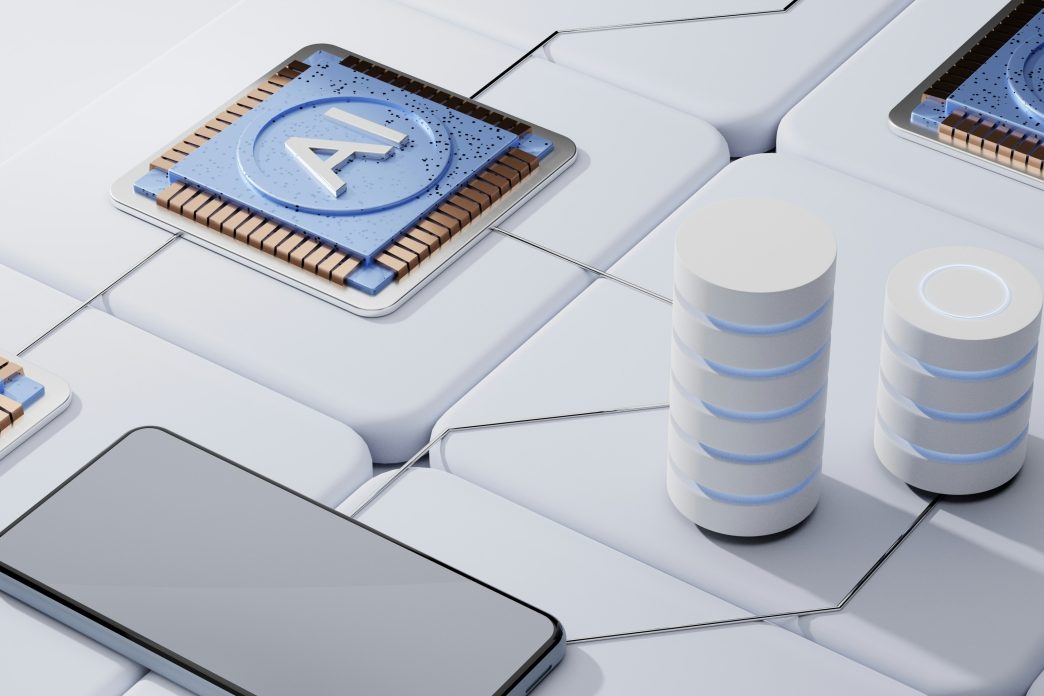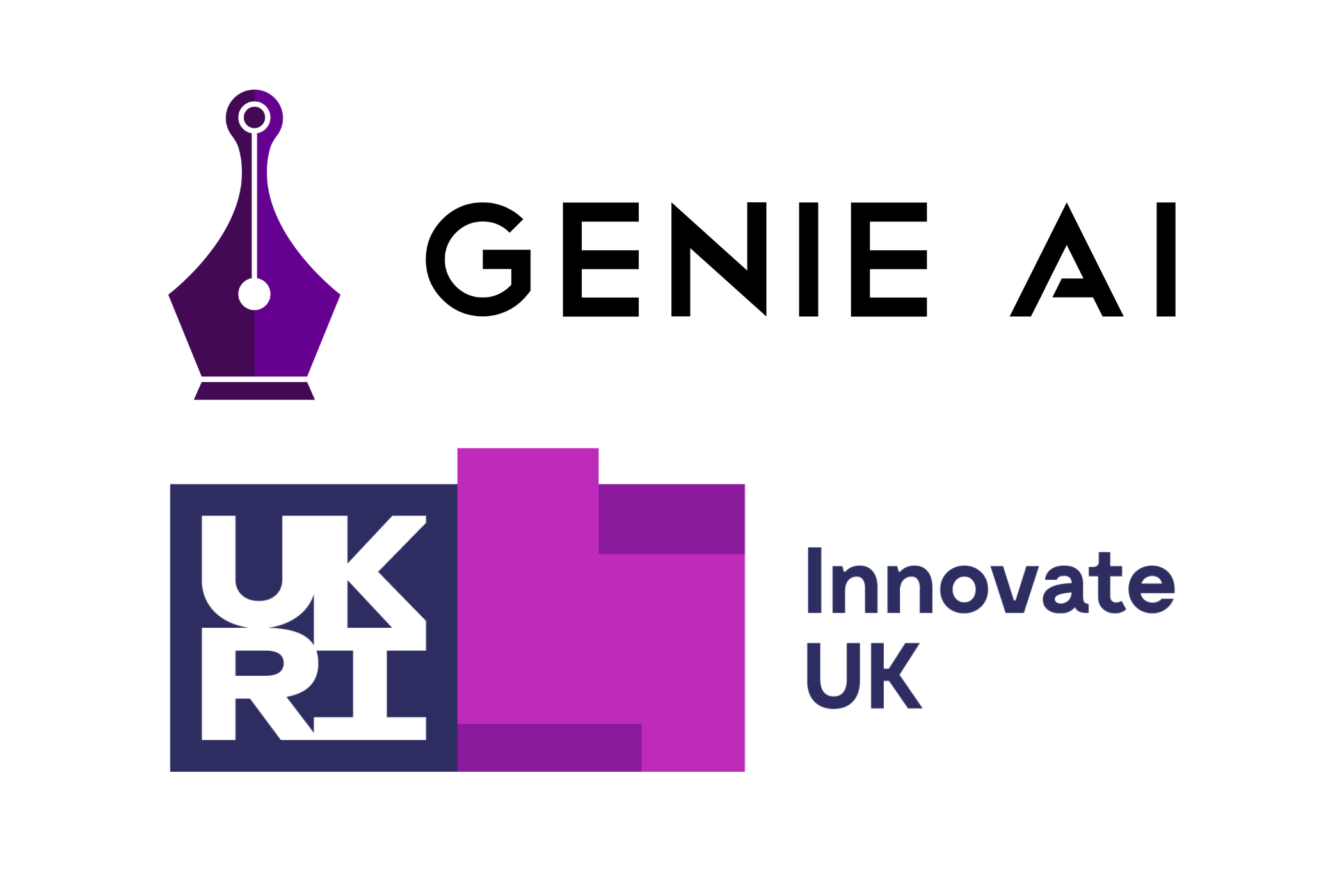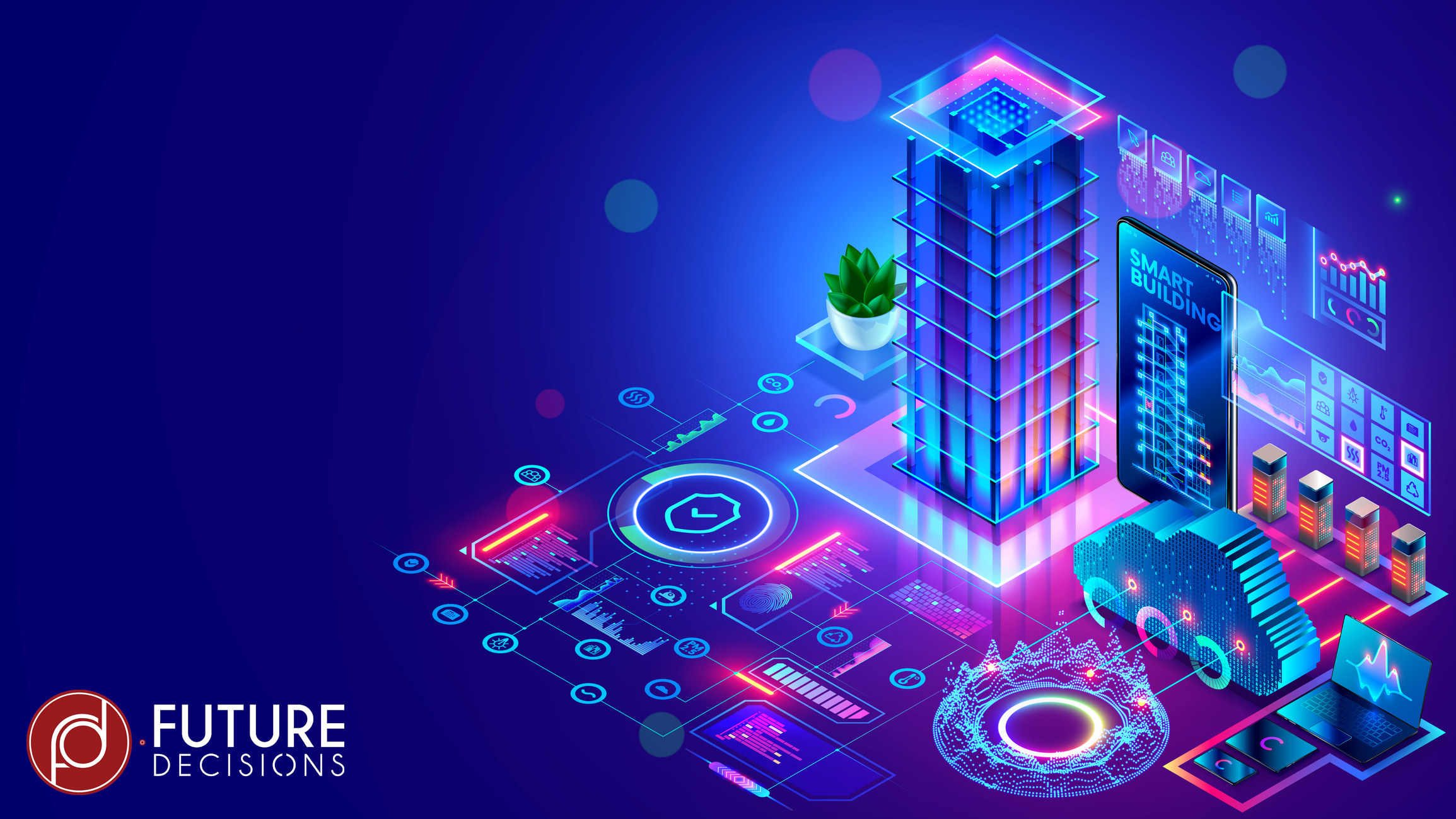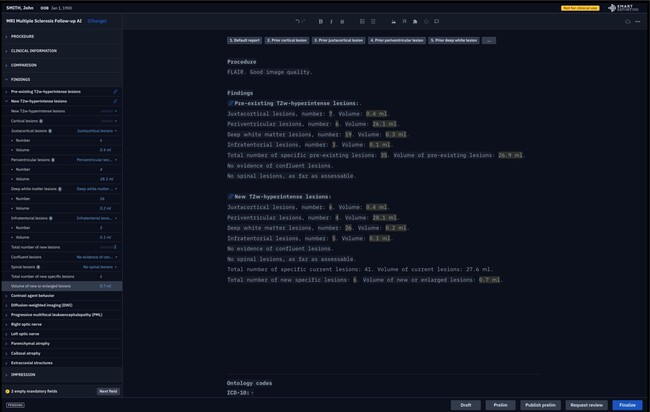AI is changing the landscape of modern work, offering new opportunities for efficiency, productivity, and creativity. Yet, like any powerful tool, AI brings both advantages and challenges to the workplace. As companies adopt AI technologies, understanding the “good” and the “bad” of AI is essential for making informed decisions and fostering an AI-driven culture that benefits everyone.
Positive uses of AI in the workplace
- Increased efficiency and productivity
One of the most significant advantages of AI in the workplace is its ability to automate routine and repetitive tasks. From data entry to scheduling, AI-driven automation frees up employees to focus on higher-value work, boosting overall productivity and efficiency.
CEO of Sensay, Dan Thomson is creating digital replicas of employees which can carry out tasks including replying to emails, writing reports, and hosting meetings. These replicas aren’t just increasing productivity but enabling employees to claim back their free time so they can rest adequately while their replicas pick up tasks outside of working hours.
- Data-driven decision-making
AI tools can analyse massive amounts of data to generate insights, enabling more informed decision-making. By identifying trends and patterns, AI helps businesses predict outcomes, understand customer behaviour, and make better strategic choices.
In retail, AI can analyse buying trends to optimize inventory management. For example, social impact company Too Good To Go launched an AI powered platform earlier this year which supports grocery retailers’ in-store inventory management, tracking and helping to redistribute surplus food so that it doesn’t go to waste.
- Personalized employee training and development
AI-powered learning platforms can adapt training to each employee’s role, skill level, and learning style. By personalizing the learning experience, AI makes training more effective, boosting employee skills and motivation.
US retailer Target have rolled their AI learning tool ‘Store Companion’ which helps to train and coach their in-store employees. The technology answers on-the-job process questions, trains new employees and supports store operations management, using a personalised approach, enabled by AI.
The downsides of AI in the workplace
- Job displacement
One of the most significant concerns about AI in the workplace is job displacement. As AI automates routine tasks, employees may fear losing their jobs to machines, especially in industries heavily reliant on manual or repetitive work.
Referring to a study by The Institute of Public Policy Research, The Guardian have reported that almost 8 million UK jobs could be lost to AI, with low wage workers, women and young people most at risk. Reportedly, secretarial, administration and customer services jobs will be amongst the first to be replaced. But as AI increases in sophistication, even jobs that include non-routine tasks and creative work including creation of databases, copywriting and graphic design could be at risk.
- Bias in AI algorithms
AI algorithms are only as objective as the data used to train them. Bias in AI systems can lead to unfair treatment of employees or customers, particularly in recruitment, performance evaluations, or customer service.
In hiring, AI-driven recruitment tools may favour certain demographics over others if the training data is biased, leading to discrimination and unequal opportunities. For example, education company iTutorGroup has been accused of programming their AI recruitment software to reject older applicants.
- Data privacy and security concerns
With AI comes the need for data, and in many cases, vast amounts of personal or sensitive data are used to train AI systems. This raises privacy concerns for employees and customers alike, and companies must prioritise robust data security to avoid breaches and misuse.
AI-driven employee monitoring tools for example, while useful for understanding productivity patterns, may also infringe on employees’ privacy if misused, eroding trust and creating a culture of surveillance.
- Dependence on technology
While AI is incredibly effective at certain tasks, over-reliance on it can lead to a loss of human touch. This is particularly important in areas that require empathy and emotional intelligence, such as HR and customer service. An AI-driven process may feel impersonal and fail to connect with people meaningfully.
AI chatbots can provide quick answers, but customers with complex issues often prefer speaking to a human. Similarly, AI-driven performance evaluations may lack the nuanced understanding a human manager can provide.
Final thoughts
AI has enormous potential to transform the workplace, but it also comes with challenges that can’t be ignored. By balancing innovation with caution, companies can harness the power of AI to create a more efficient, productive, and satisfying work environment. Emphasising a human-centred approach to AI adoption will be key to achieving sustainable success, benefiting both businesses and employees as they navigate the new AI-powered workplace.








